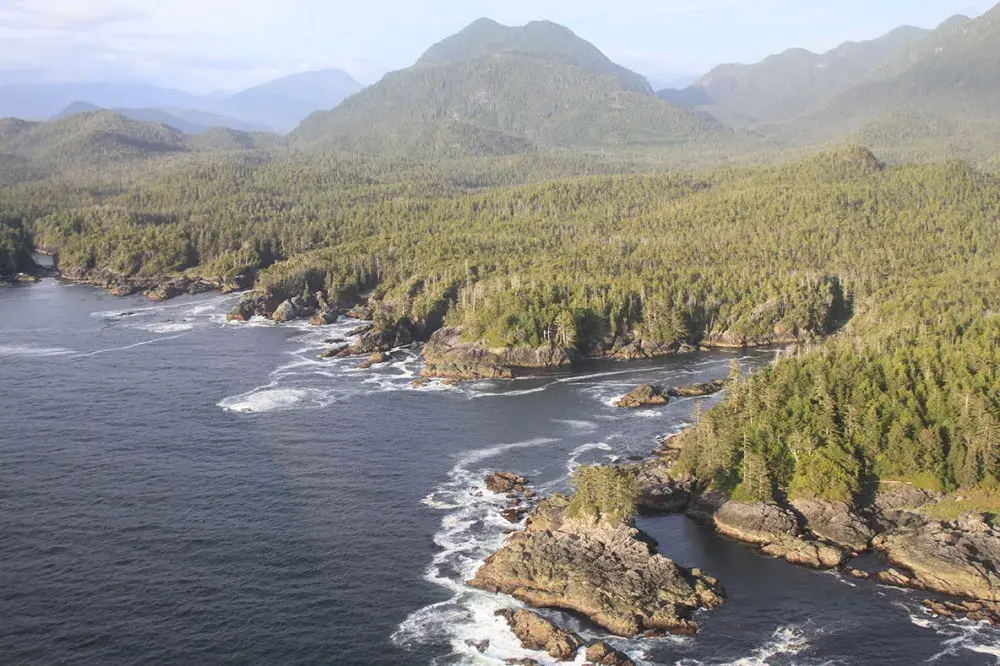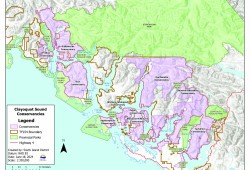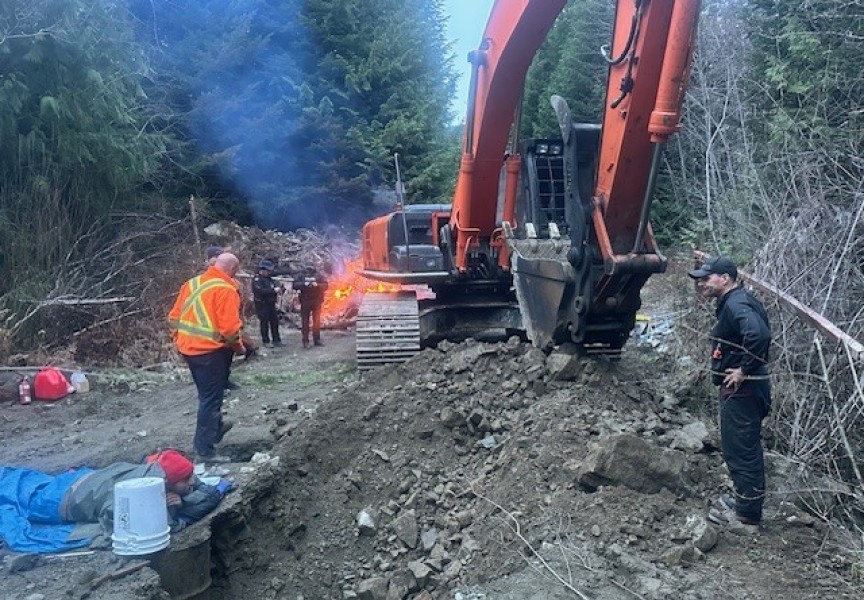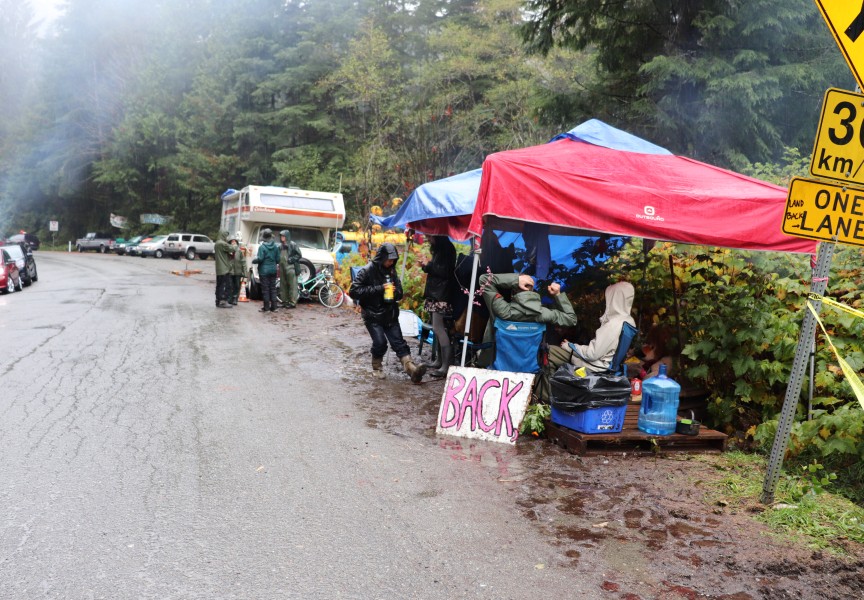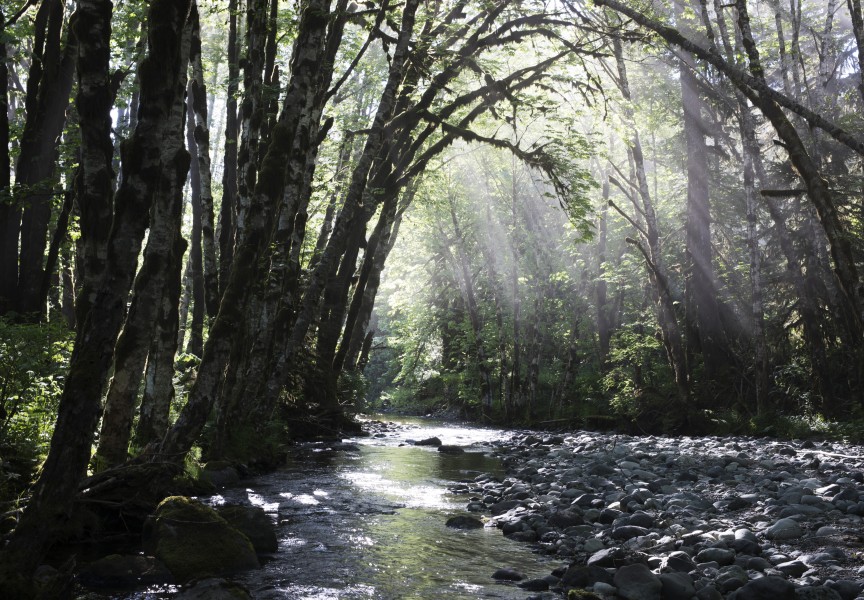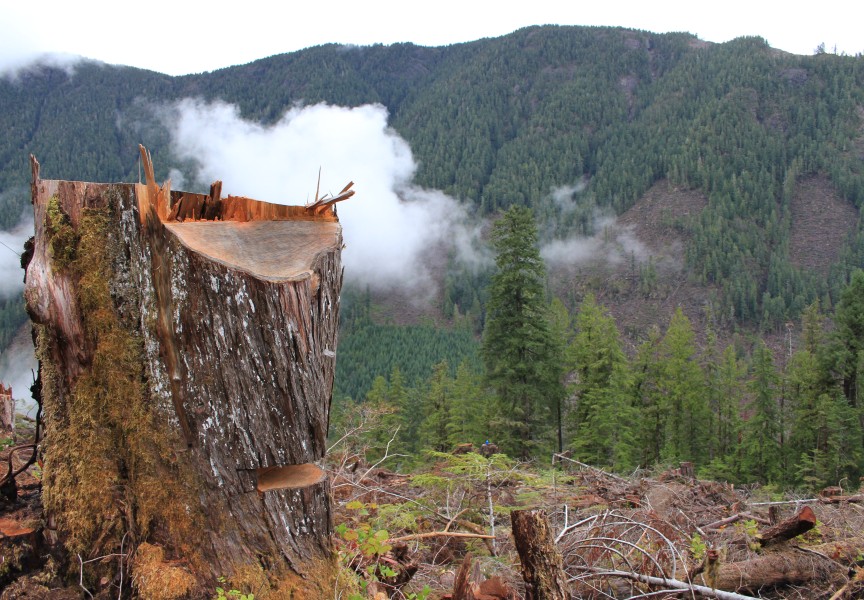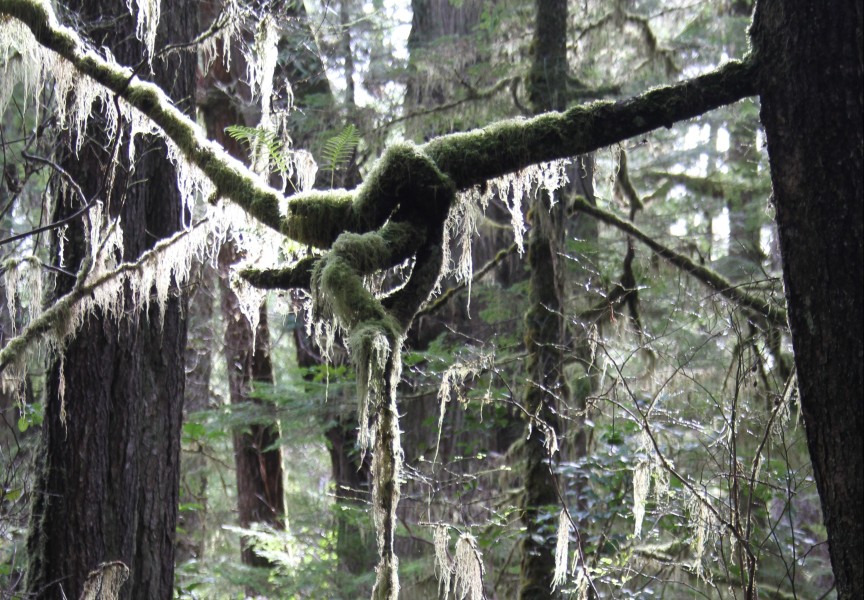Large portions of forest in Clayoquot Sound will be protected this month, a development that the Tla-o-qui-aht First Nation is calling a “major step” in the provincial government recognizing its Tribal Parks.
Today the province announced 76,000 hectares of conservancies in Clayoquot Sound. When these protected areas come into effect on June 26, they will comprise almost 60 per cent of what is currently under a forestry tenure tied to TFL 54, the only tree farm licence in Clayoquot Sound.
The 10 new sections of protected land are within the traditional territories of the Tla-o-qui-aht and Ahousaht First Nations. These areas of Crown land contain old growth forest and habitat for endangered and threatened species.
“The survival of these precious forests will allow future generations to continue practicing our cultural ways, will stabilize the climate in this region, and will provide much needed habitat for a diversity of species,” stated the Tla-o-qui-aht First Nation in a press release.
The newly protected areas align with the Ahousaht and Tla-o-qui-aht’s land use visions, according to province. The establishment of the conservancies follow a period in which sections of Clayoquot Sound’s old growth forest have been temporarily protected under a deferral since 2020.
The tenure for TFL 54 is currently held by Ma-Mook Natural Resources, which is owned by a partnership of the Ahousaht, Tla-o-qui-aht, Hesquiaht, Toquaht and Yuułuʔiłʔatḥ First Nations. Payment for removing the Crown land from the tenure is being funded by Nature United, the Canadian affiliate of the world’s largest conservation organization.
The conservancies mean that commercial logging, mining and large-scale hydroelectric projects will be prohibited in the areas. Approximately 55,000 hectares of TFL 54 will remain for forestry purposes.
The tree farm licence is undergoing a reconfiguration “that supports predictable fibre flow through First Nation-held tenures in the future,” according to the province.
“These conservancies are welcomed as part of a broader vision for implementing Ahousaht title and rights, generating economic opportunity through a forest carbon project and community forestry, and securing social and cultural access to forest resources,” stated Ahousaht Hereditary Representative Tyson Atleo.
The Tla-o-qui-aht First Nation stated that the new protected areas are a “crucial part of our vision to remove competing tenures from our title lands and restore our customary stewardship traditions in a modern context.”
“The establishment of conservancies will ensure that clear-cut logging has no place in these important old-growth forests,” stated Tla-o-qui-aht Chief Councillor Elmer Frank in a release from the province. “This protection by British Columbia brings B.C. laws into better alignment with Tla-o-qui-aht laws.”
A vital part of the First Nation’s stewardship are its Tribal Parks, which began in 1984 with the protection of old growth on wanačas hiłhuuʔis (Meares Island) from being logged by MacMillan Bloedel. In 1985 a court injunction was put in place to protect the island from this activity, an order that remains in place today. Other parts of the First Nation’s territory were declared Tribal Parks in 2014.
“The same title exists on the hiisawista (Esowista) peninsula, ʔaʔukmin (Kennedy Lake watershed), and ḥiłsyakƛis ʔunaacuł (Tranquil River watershed), and the islands of Tla-o-qui-aht haḥuułi (traditional territory),” stated the Tla-o-qui-aht.
Although more of Clayoquot Sound will be protected from being harvested, Minister of Forests Bruce Ralston said the conservancies will bring more clarity for forestry, while giving “our industry partners confidence in the future of forestry.”
“Conserving nature and creating sustainable jobs are important objectives that we can achieve to secure a stronger future for everyone,” he added.
In recent years the volume of lumber being harvested in B.C. has declined dramatically – particularly old growth. Since 2021 the province’s overall harvest has declined from 45 million cubic metres to 32.4 million last year. From 2015 to 2022 the area of old growth forest harvested has dropped by 52 per cent, declining from 66,526 hectares to approximately 33,000.
Meanwhile 2.42 million hectares have been either deferred from harvest or permanently protected since November 2021, adding to the 3.8 million hectares that were already conserved.

